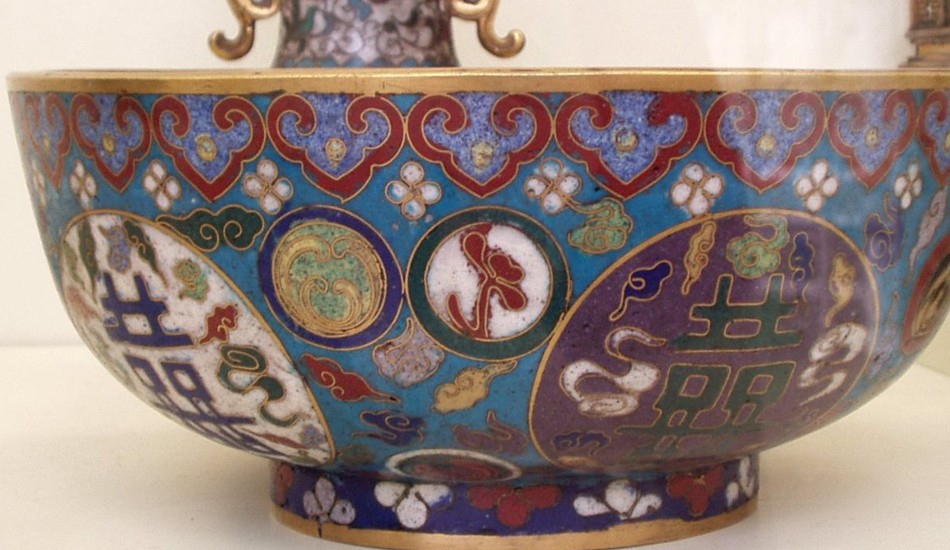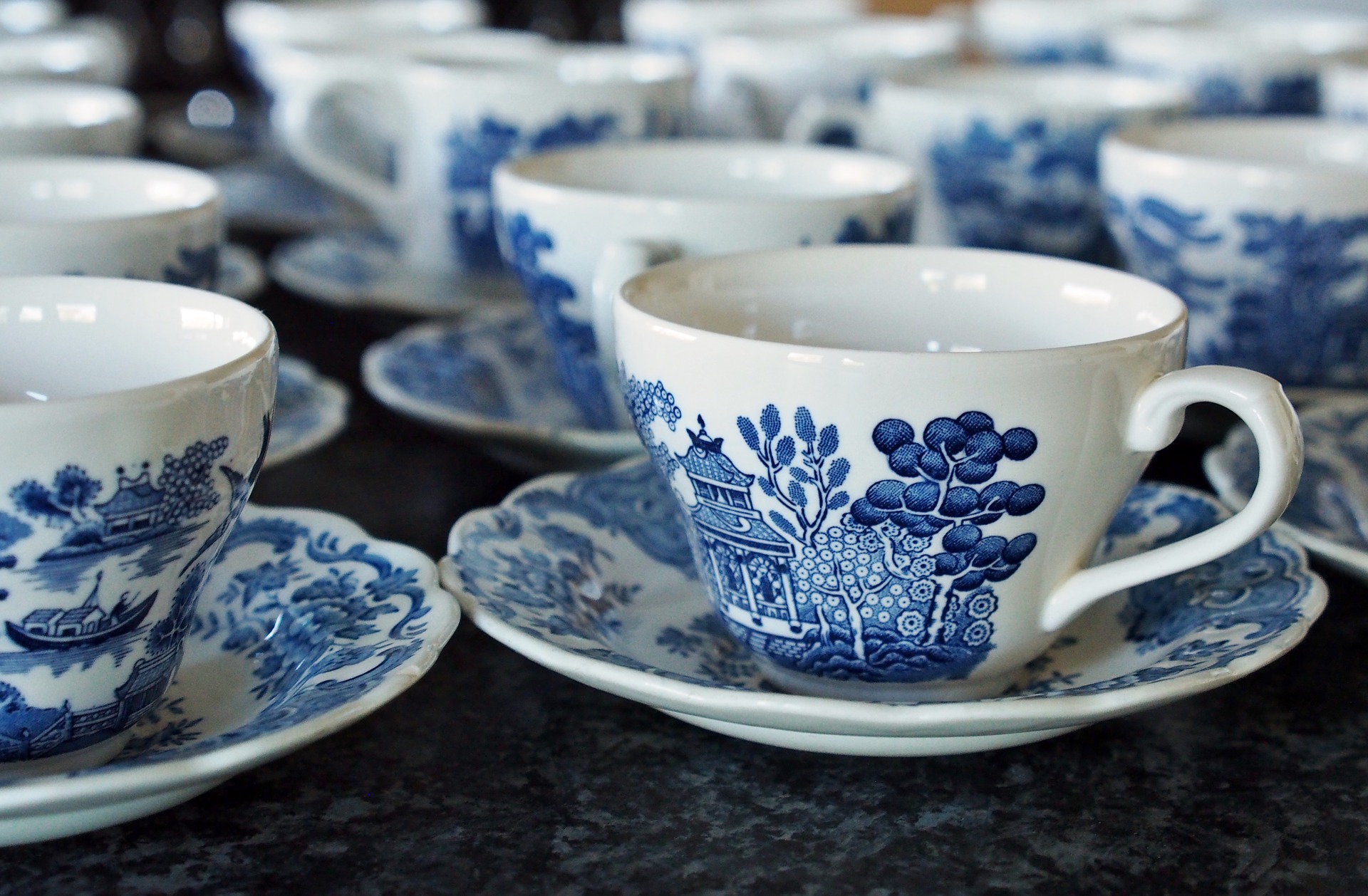blue and white porcelain, chinese porcelain, delftware, meissen
When Chinese porcelain first came to Europe in the 14th century, it was a rare and expensive item. The potters of Jingdezhen, China, created this fine item in mass quantities. Generally, the Jingdezhen production method was a guarded secret, known only to a few. However, as demand increased, European potters began manufacturing valuable blue-and-white ceramics. ...
Porcelain, as indicated by its popular name “china,” or “fine china,” is one of the grandest Chinese inventions and dates back to the Eastern Han Dynasty (196-220). The Chinese term for it is Ci (瓷) or Ciqi (瓷器). The term comes from the Italian “porcellana,” which originally referred to a kind of white cowrie shell. ...
Chinese culture is over 5,000 years old and has impacted the entire world in many different ways. 7 icons of traditional Chinese culture 1. The spirit of the tea ceremony Chinese tea, such as Xi Hu Long Jing (West Lake Dragon Well) and Yunnan Pu’er, have long been world-famous due to their superior color and flavor. ...
When speaking of ancient China and inventions, teaware would certainly be near the top of the list. Teaware, like tea drinking customs, was developed out of the needs, tastes, and trends of people at different times. In order to be able to appreciate teaware — or any works of art — we need to first understand some ...
Cloisonné is an ancient ceramic and metalwork decoration technique. Though believed to have originated in the West or Middle East, Chinese artisans are well known to have produced some of the world’s best cloisonné works. The term is derived from the French word cloison, which means “partition.” Craftsmen used strips of metal to create partitions ...
Chinese porcelain has been a valued object throughout history and was a major export item of China in the past. Surprisingly, the largest private collection of Chinese porcelain is not in China, but in Europe. Known as the Meiyintang Collection, it consists of nearly 2,000 pieces of porcelain and is currently under the control of ...
The Chinese have been at the forefront of many inventions throughout history — the compass, gunpowder, paper, etc., just to name a few. But one of the seemingly least talked about is porcelain, which is also a Chinese invention. The full scope of inventions that could be attributed to China’s participation in past times is not ...










